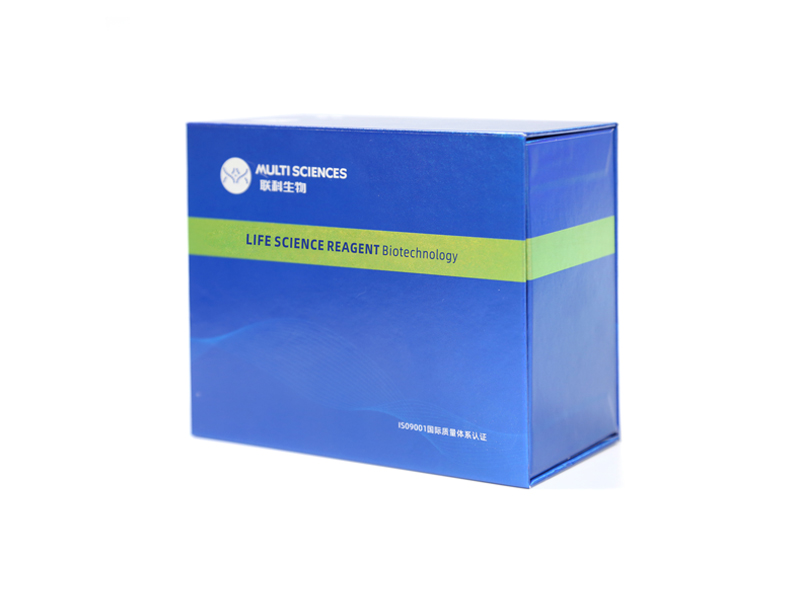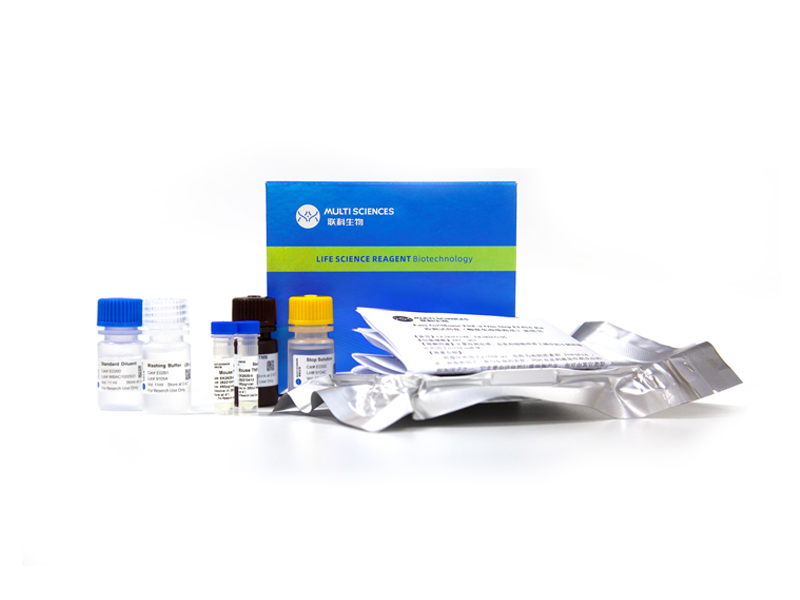In this work, an investigation on the Zn–Cu alloy coated with heparin was conducted in order to explore the potentiality of its application as a feasible alternative for biodegradable implants, with the specific goal of addressing the issue of encrustation in the urinary system. The stability of the nanoparticles were characterized by dynamic light scattering. Typical surface characterization such as X-ray photoelectron spectroscopy, scanning electron microscopy, and atomic force microscopy were used to demonstrate a successful immobilization of the NPs. The in vitro corrosion behavior was studied by potentiodynamic polarization and immersion tests in artificial urine (AU) at 37 °C. The 8 weeks in vivo degradation, encrustation resistance, hemocompatibility, and histocompatibility were investigated by means of implantation into the bladders of rats. Both in vitro and in vivo degradation tests exhibited a higher degradation rate for Zn–Cu and NPs groups when compared to pure Zn. Histological evaluations and hemocompatibility revealed that there was no tissue damage or pathological alterations caused by the degradation process. Furthermore, antiencrustation performance and urinalysis results confirmed that the modified alloy demonstrated significant encrustation inhibitory properties and bactericidal activity compared to the pure Zn control. Our findings highlight the potential of this modified alloy as an antiencrustation biodegradable ureteral stent.
文章引用产品列表
-
- EK106EG
- 一步法ELISA试剂盒
EasyGo!™ Human IL-6 One-Step ELISA Kit检测试剂盒(酶联免疫吸附法)
- ¥2,190.00 – ¥3,650.00
-
- EK106HS 316 Citations
- 高敏试剂盒
Human IL-6 High Sensitivity ELISA Kit检测试剂盒(酶联免疫吸附法)
- ¥2,000.00 – ¥3,400.00
-
- EK106 422 Citations
- ELISA试剂盒
Human IL-6 ELISA Kit检测试剂盒(酶联免疫吸附法)
- ¥1,600.00 – ¥10,800.00





